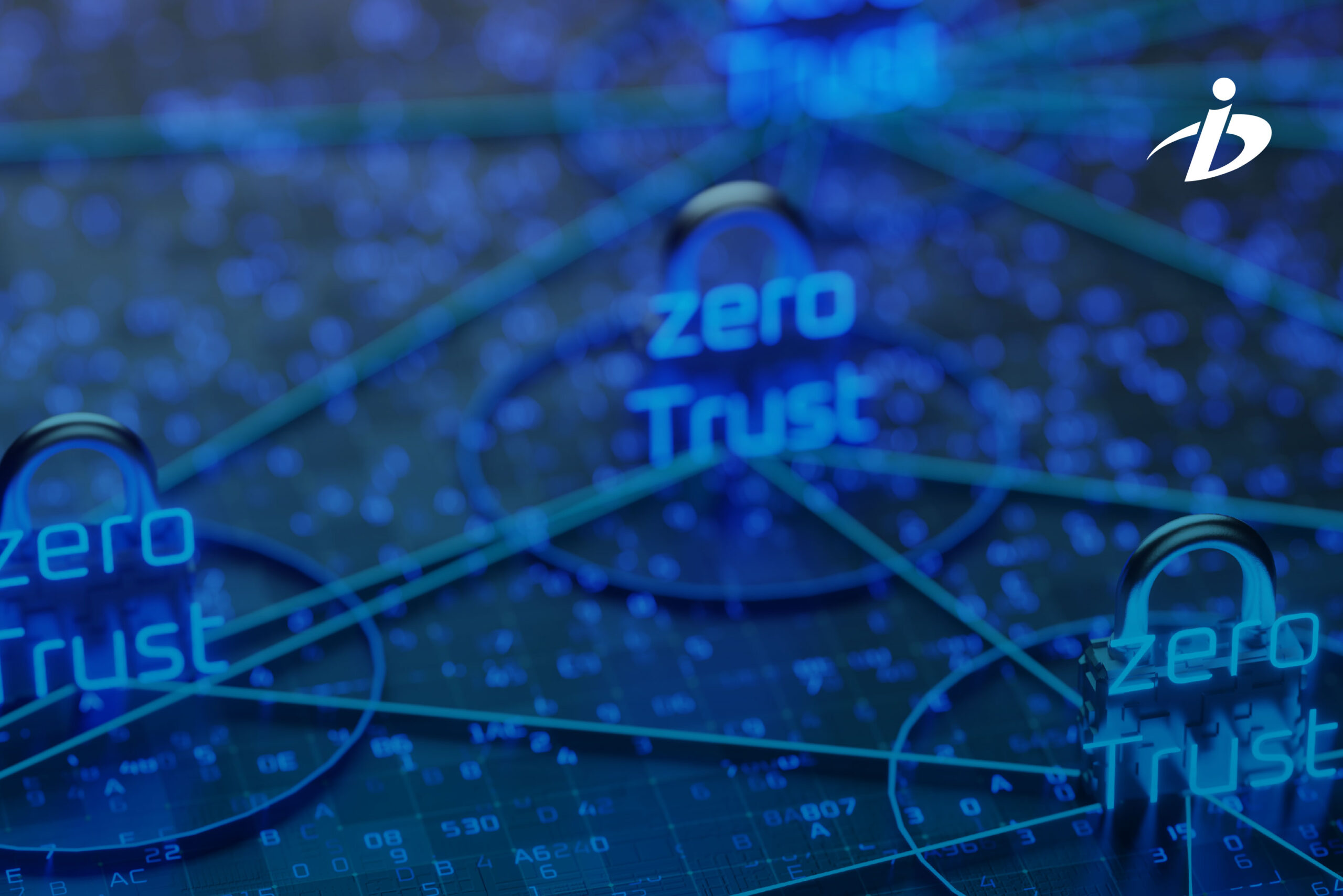Never trust. Aways verify.
Rooted in the principle of “never trust, always verify,” Zero Trust assumes that threats can come from anywhere—inside or outside the network—and therefore requires strict identity verification for every user and device trying to access resources on the network. This level of scrutiny significantly enhances data privacy since it minimizes the risk of unauthorized access and data breaches.
In terms of data privacy, Zero Trust architecture holds considerable benefits:
Improved Access Control
With a Zero Trust model, access to data is restricted and tightly controlled. This means that each user or device is given the minimum level of access required to perform its tasks, limiting the risk of data exposure.
Enhanced Visibility & Tracking
Zero Trust models provide greater visibility into who is accessing what data and when. This visibility, coupled with tracking and logging capabilities, provides a clear audit trail for compliance purposes and can quickly highlight unusual or suspicious activities.
Since Zero Trust does not inherently trust anyone inside the network, it effectively reduces the risk of insider threats, which are often overlooked in traditional security models. By considering every access request as a potential threat, Zero Trust makes it much harder for malicious insiders to access and exploit sensitive data.
Improved Compliance
Since Zero Trust does not inherently trust anyone inside the network, it effectively reduces the risk of insider threats, which are often overlooked in traditional security models. By considering every access request as a potential threat, Zero Trust makes it much harder for malicious insiders to access and exploit sensitive data.
Conclusion
The federal government has recognized the importance of the Zero Trust approach. In May 2021, the Biden administration issued an executive order aimed at strengthening U.S. cybersecurity defenses, which included a mandate for federal agencies to develop a plan to implement Zero Trust architecture.
The Zero Trust model, though demanding, represents a significant step forward in securing federal data. By assuming that each access request could be a potential threat, Zero Trust architecture enhances data privacy, reducing the risk of data breaches, and protects sensitive federal data in an increasingly hostile digital environment.

Author
Eric Johnson
SVP Engineering
About the Author
Eric Johnson is the Senior Vice President of Engineering for Business Integra. He is a paradigm-busting visionary who challenges traditional thinking and trailblazes modern practices. Over 25 years of progressive experience in IT, including 15+ years in leadership and architecture positions for multiple Fortune 500 industry-leading companies. Expertise in advising executive leadership, leading enterprise key initiatives, and providing technical guidance across entire organizations. A breadth and depth of knowledge with proven learning agility and ability to transform conceptual ideas into business results; drive corporate goals and objectives; and lead the delivery of strategies, architectures, and solutions to resolve complex business challenges in global organizations.
About BI
Business Integra is an award-winning, global provider of information technology, cybersecurity, aeronautic engineering, scientific and mission support services. We are committed to producing efficient and ethical results that cut costs, reduce risks, secure data, and advance human progress via cybersecurity, IT, engineering and mission support services.
Follow us on Twitter @BusinessIntegr4 and/or LinkedIn.
Huge developments for GenAI in GovCon! BI launches BION AI framework
HOME | NEWSJUNE 28, 2024 | PRESS RELEASEBION is engineered to address agency challenges by providing an objective and verifiable methodology for the effective design and deployment of AI solutions, tailored to specific programs.BETHESDA, Maryland – Business Integra,...


